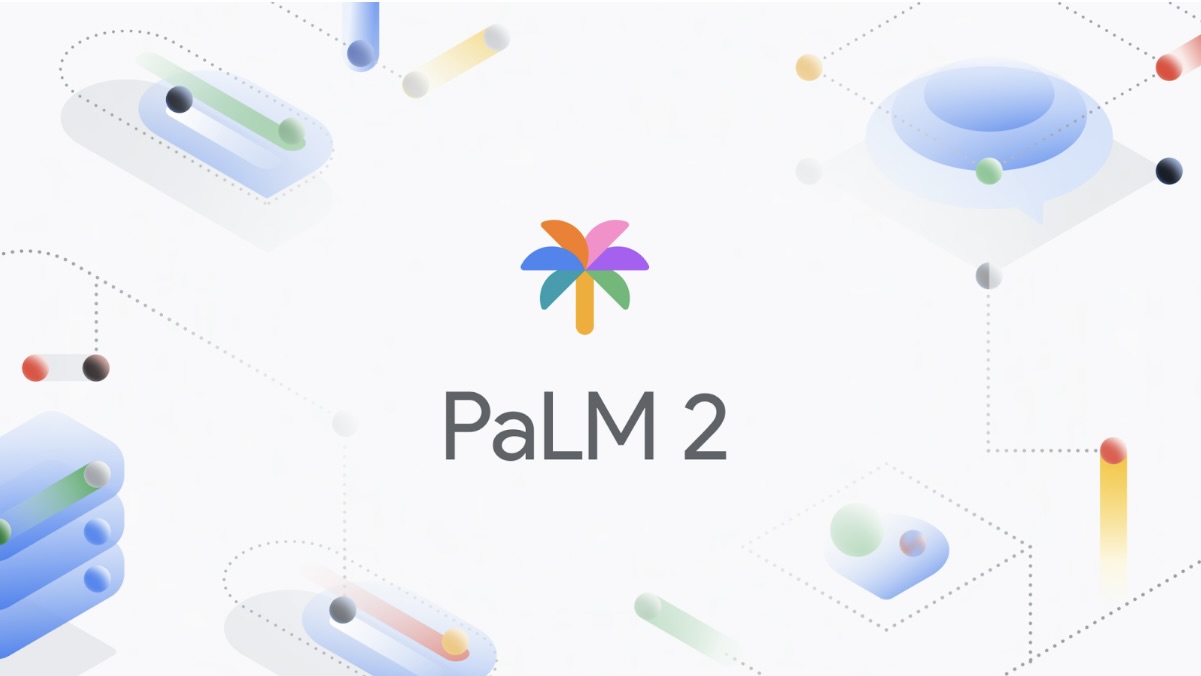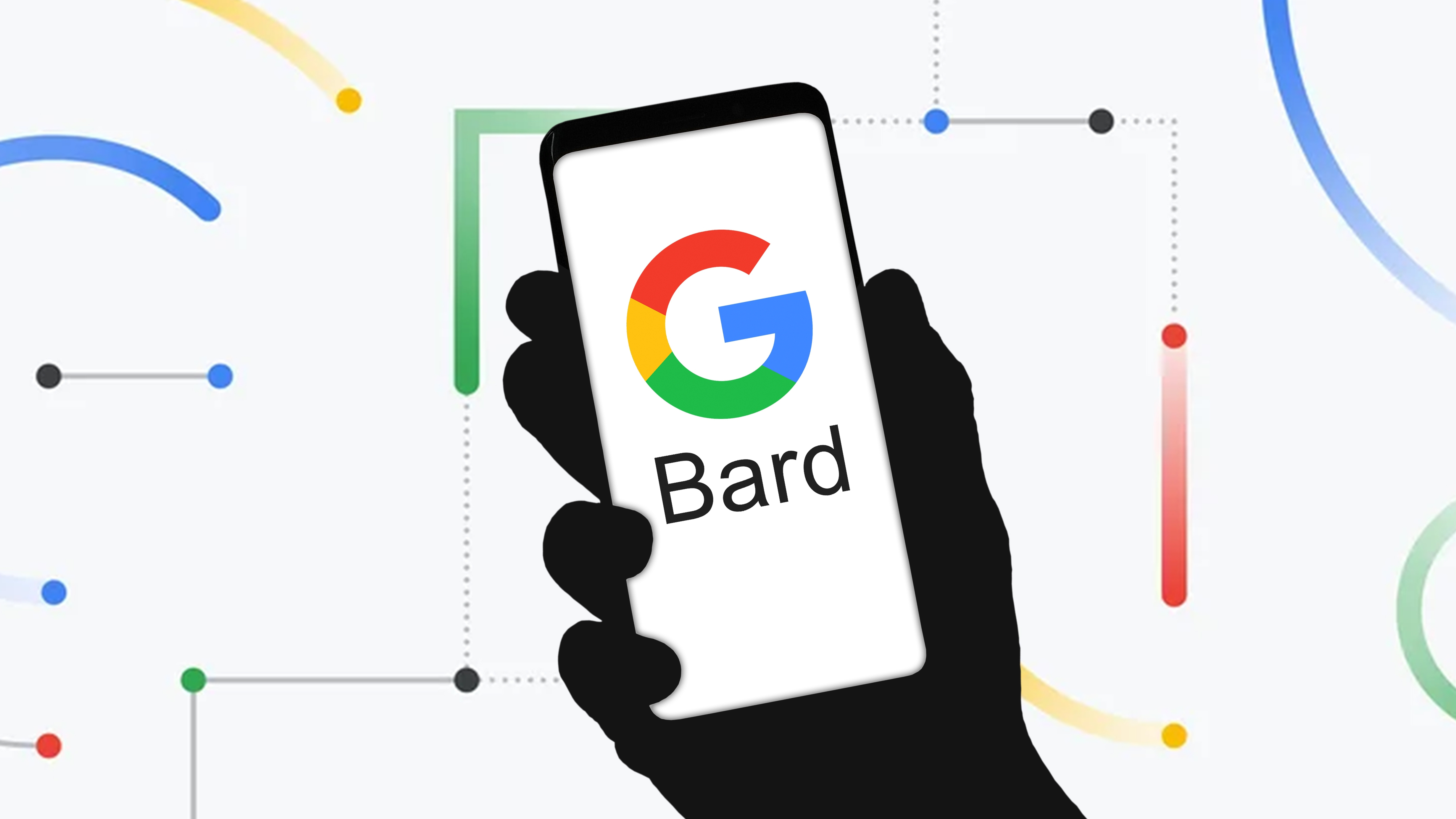What is PaLM 2? Everything you need to know about Google's new AI model
Google debuts its answer to GPT-4 and it's already powering Bard

We now know the AI model powering the future of Google Bard — PaLM 2.
At Google I/O today (May 10), Google CEO Sunda Pichai announced Pathways Language Model 2 (PaLM 2). It will be the AI large language model (LLM) behind a whole suite of Google AI products, including the Bard chatbot.
PaLM 2 will be a direct competitor to OpenAI's GPT-4 model, which currently powers paid versions of ChatGPT and Microsoft's Bing AI. This model promises to be the building block for Google's AI products, serving as a massive general LLM with expanded reasoning, language and coding capabilities.
It can then be further fine-tuned into smaller LLMs to develop specialized AI tools. This is something that has already been done with Med-PaLM 2, a medical diagnostic AI tool, and Sec-PaLM, an IT security threat detection AI tool. PaLM 2 has four submodels (from largest to smallest): Unicorn, Bison, Otter and Gecko.
So with that, here's everything we know so far about PaLM 2, Google's new AI model.
PaLM 2: What's new
Google is setting up PaLM 2 to be the fundamental AI model behind its future AI products. According to Google, PaLM 2 has already been secretly powering Google Bard and has many future integrations planned.
While Google did not lay out how many parameters PaLM 2 is trained on — PaLM was trained on 540 billion language parameters — Google promises that PaLM 2 will have improved capabilities in addition to faster and more efficient performance.
Get instant access to breaking news, the hottest reviews, great deals and helpful tips.
This model promises to be the building block for Google's AI products, serving as a massive general LLM with expanded reasoning, language and coding capabilities.
The first improvement is a serious language boost. PaLM 2 is trained on over 100 languages and is trained to not only literally translate from one language to another but to apply possible context and understand idioms, poems, and riddles as well. This is all aimed at providing a more accurate translation.
PaLM 2 also has increased logical reasoning capabilities over its predecessor. It has been trained on mathematical expressions and scientific journals and can now solve advanced logical problems. It can even explain steps and provide diagrams, meaning it can show its work if its math teacher ever asks.
Finally, PaLM 2 is getting a coding upgrade. The LLM has been trained on over 20 programming languages — including some more specialized ones like Prolog and Fortran — so that it can write and debug code for more users. According to Google, it can even provide documentation explaining what it did in multiple languages, so for programmers, this could be a real improvement.
And this latest AI model could eventually come to Android phones. Gecko is the lightest version of PaLM 2 and can be run as an interactive application, processing 20 tokens per second on the latest phones.
Google products powered by PaLM 2

In addition to powering Google Bard, PaLM 2 has been deployed across 25 different Google products — many of which most people will use on a daily basis. This includes Android, YouTube, and Workspace apps such as Gmail, Google Docs and more. Whether or not you know it, there's a good chance that if you are interacting with a Google product, it uses PaLM 2.
And as previously mentioned, PaLM 2 can be slimmed down for specific uses. Med-PaLM 2 is a medical diagnostic AI tool that Google has already rolled out, and according to Google, it can perform at an expert level on U.S. medical licensing exams. Then there is also, Sec-PaLM, which is a version of PaLM 2 that Google has slimmed down to detect cybersecurity threats.
What else to expect from Google AI at I/O 2023
Aside from PaLM 2, we are expecting Google Bard to get several upgrades. The day before I/O 2023, Google's AI game plan leaked and it laid out an upgraded version of Google Bard that could have multimodal capabilities.
Google is also expected to expand its generative AI capabilities in Workspace apps, including “template generation in Sheets and image generation in its Slides and Meet products.” This comes on the heels of similar generative AI features being introduced to Gmail and Google Docs earlier this year.
We should know more as AI products and developments are announced. So make sure to stay tuned to our Google I/O 2023 coverage so you don’t miss any of the official announcements from Google.
More from Tom's Guide
- Google Pixel Tablet release date, price, specs, speaker dock and latest news
- Gmail Help Me Write announced at Google I/O 2023 — it writes entire emails for you
- Google Bard waitlist is gone — big upgrades just announced at Google I/O 2023

Malcolm has been with Tom's Guide since 2022, and has been covering the latest in streaming shows and movies since 2023. He's not one to shy away from a hot take, including that "John Wick" is one of the four greatest films ever made.
